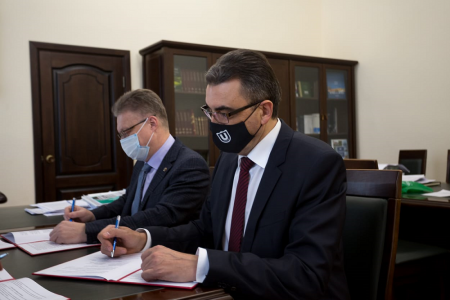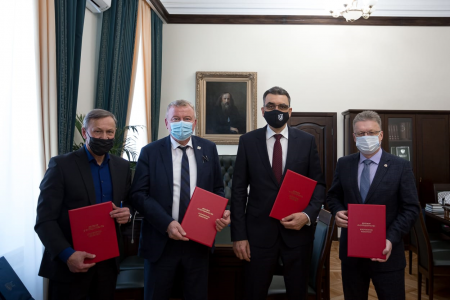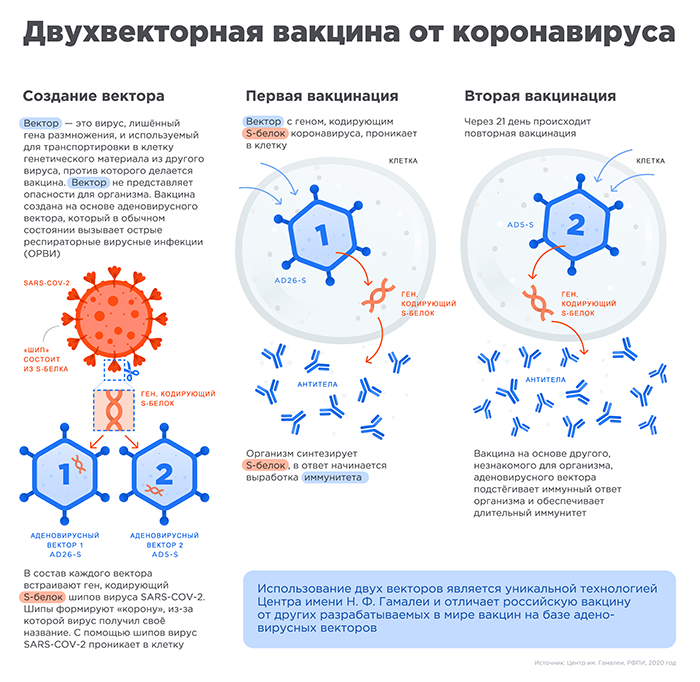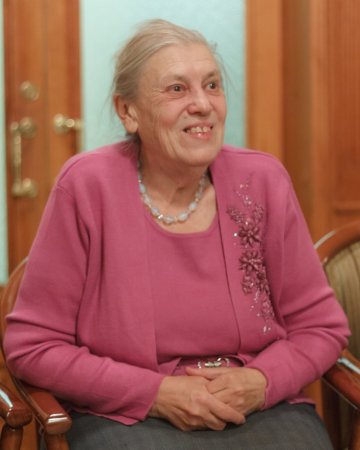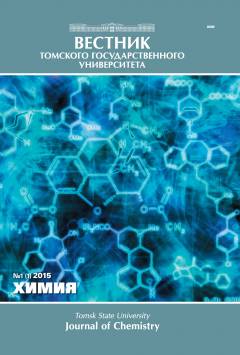- either created in the form of an electronic document (that is, prepared without prior documentation on paper), in PDF, DOC, DOCX format and certified with a simple or enhanced electronic signature of the person on whose behalf such a document was drawn up;
- or presented as an electronic image of a document. To create an electronic image of consent to edit and publish an article, you must:
- print the completed consent form for editing and publishing the article;
- sign this form with a blue pen and fill in the date of signing the document by hand. A signature is not required.
- scan a signed document. Please note that a color scan copy of the document or its color photo is required. The finished electronic image of the document can be in PDF, JPEG (JPG), PNG, TIFF. File size no more than 1 Mb.
Подписано Соглашение о создании базовой кафедры природных соединений, фармацевтической и медицинской химии Химического факультета ТГУ
- Personalized medicine, genomic technologies, pharmaceutical chemistry is one of the directions with an urgent need of new knowlegde and highly qualified specialists today, - Director Tomsk NRMC, corresponding member of Russian Academy of Science(RAS). - We are as the representative of the largest academic center of medicinal profile in our country, will take an active part in the training of such specialists, will provide a basis for conducting practice, research work, and a clinical base. We hope that the commonwealth with industrial partners will allow us to bring our cooperation to the final products in which our patients are interested!
Left to right: director Tomsk NRMC, corresponding member of RAS Vadim Stepanov, TSU rector Eduard Galazhinsky
- An important task for the university is to reconfigure our processes to meet the needs of a high-tech industry with good export potential, said TSU Rector Eduard Galazhinsky. – We are interested in the development of our partners' business on an international scale. TSU also has access to foreign markets, so we can move forward together. The university is now actively investing in bioengineering, a direction supported by the Priority 2030 program, and this opens up additional opportunities for creating new products in those areas that are being developed by the partners of the new department.
Graduate students will have the opportunity of employment in partner companies.
LLC "Solagift" is a Russian-Australian company, a subsidiary of the Prenolica Limited holding (Melbourne), created for the production of natural substances and products from needles with a certain spectrum of action JSC "Organika" is the leading enterprise for the production of substances and finished medicines in Siberia and the Far East
Нобелевская премия по химии 2020 и Генетические Ножницы
Image © Johan Jarnestad/The Royal Swedish Academy of Sciences
Nobel prize website https://www.nobelprize.org/prizes/chemistry/
Emmanuel Charpentier (France) and Jennifer Doudna (USA) received the Nobel Prize in Chemistry this year. Two women scientists have jointly developed CRISPR/Cas9 genome editing technology. Thanks to this development, it becomes possible to make point changes in the structure of DNA. Just imagine: over millions of years of evolution, our DNA is full of useless repetition of entire chain segments, mutations, and the most complex genetic diseases associated with them, and we have a genome editing mechanism! Unofficially, the technology is called "genetic scissors", and here's why - we'll try to figure it out below.
It is known that DNA is a polymer molecule that stores bioinformation in the form of a genetic code, which, in turn, consists of a nucleotide sequence. Colleagues Charpentier and Dudna found it possible to cut out the necessary sections from the nucleotide chain. To begin with, a guide RNA is created that exactly matches the DNA sequence in which we would like to make a replacement. A protein is attached to this RNA, which will later perform the incision. The RNA guides and delivers the scissor protein to the desired incision site. An incision is made, and then it is possible to either sew the edges of the DNA, or insert the necessary section of the chain. We have prepared for you several portals where you can learn more information on this topic:
Presentation in english by Jennifer Doudna on iBiology Science Stories https://www.youtube.com/watch?v=SuAxDVBt7kQ&feature=emb_title
BBC short review of Nobel prize of 2020
https://www.bbc.com/russian/features-54448743
На радость ученым: 2021 год объявлен годом науки и технологий!
Уважаемые студенты, аспиранты, сотрудники ТГУ! Разрешите поздравить вас с наступающим 2021 годом! Каждому из вас хочется пожелать крепкого здоровья и счастливых грядущих праздников!
Наша финальная в этом году новостная колонка будет полна оптимизма и торжества науки над невзгодами 2020 года! Ура!
На радость ученым: 2021 год объявлен годом науки и технологий!
24 декабря 2020 года, во время трансляции телеканалом «Россия 24» заседания попечительского совета МГУ, президент РФ В.В. Путин предложил объявить 2021 год годом науки и технологий. На официальном сайте президента России приводится следующая цитата из выступления главы РФ: «…Поэтому хотел бы именно сегодня здесь, на площадке попечительского совета МГУ – университета мирового уровня, которым все мы гордимся, – предложить объявить в России наступающий, 2021 год Годом науки и технологий.»
На следующий день, 25 декабря, на сайте http://www.kremlin.ru был представлен Указ о проведении Года науки и технологий и далее следовала новость о подписании Владимиром Путиным данного Указа.
Непростой 2020 год показал, как важно поддерживать науку и современные технологии каждый момент времени в активном, функционирующем состоянии, так как именно ученые, в полностью оснащенных лабораториях, могут выступить вперед для защиты всего населения земли, например, от опасного вируса. О том, какие вакцины на данный момент разработаны российскими учеными для борьбы с коронавирусом, мы расскажем далее.
Три русских вакцины от коронавируса.
«Спутник V» центра им. Гамалеи, «ЭпиВакКорона» центра «Вектор», вакцина Центра им. Чумакова – три вакцины, разработанные в России.
Первая и самая известная вакцина России - «Спутник V». Это вакцина векторная с двумя этапами вакцинации. Вектор – вирус аденовируса (вирус простой простуды), лишается гена размножения и используется для транспортировки генетической информации коронавируса SARS-CoV-2 прямо к формирующим иммунитет клеткам. Иммунная система формирует антитела и защищает от вируса. Повторная вакцинация необходима для формирования длительного иммунитета. Предлагаем вам ознакомиться более подробно с принципом действия вакцины, на иллюстрации ниже:
ллюстрация с официального сайта вакцины «Спутник V» https://sputnikvaccine.com/rus/about-vaccine/
Следующая вакцина - «ЭпиВакКорона» центра «Вектор». Данная вакцина состоит из трех синтетических пептидов коронавируса SARS-CoV-2, соединенных белком-носителем и закрепленных на гидроксиде алюминия. Мы мало знаем об этой вакцине, не понятно однократно или двукратно необходимо вакцинироваться. Продолжаем и дальше изучать информацию, а пока можем предоставить и вам, дорогие читатели, несколько ссылок, которые могут оказаться полезными по данной теме:
Центр Вектор http://www.vector.nsc.ru
VIDAL https://www.vidal.ru/drugs/epivaccorona
Третья вакцина – вакцина Центра им. Чумакова. Эта вакцина состоит из инактивированного коронавируса SARS-CoV-2 на гидроксиде алюминия. Данный вариант создания вакцин является самым давно известным и широко применяемым методом. Принцип создания вакцины, следующий: коронавирус выращивают в клетках-биореакторах, затем инактивируют (убивают) химическим способом. Больше информации можно получить из следующих источников:
Центр им. Чумакова http://www.chumakovs.ru/manufacture/
N+1 https://nplus1.ru/material/2020/10/09/chumakov-sarscov-vaccine
Объявление
Announcement
Dear authors and colleagues!
Reaxys Award Russia 2019
The year 2019 is proclaimed as the International Year of the Periodic Table by The United Nations General Assembly. 150 years since the discovery of the most important regularity of all chemists by D. I. Mendeleev! In the world, throughout all this year exhibitions, scientific and educational lectures, conferences and competitions are held. For the chemical community in Russia, the Reaxys Award Russia 2019 was especially significant, the award ceremony of which was held in St. Petersburg on September 11 at the XXI Mendeleev Congress on General and Applied Chemistry.
Russian Chemical Society named after D.I. Mendeleev together with Elsevier, a global provider of scientific information products and services, awarded scientists with significant achievements in the field of chemistry and material sciences. The selection criteria were: the number of publications in high impact-factor journals, citation and contribution to the rapidly developing scientific topics of the world. So, what topics in the world of chemistry were recognized as the most promising?
- Secondary Batteries; Electric Batteries; Lithium Alloys
- Photocatalysis; Photocatalysts; Solar Cells
- Graphene; Carbon Nanotubes; Nanotubes
- Catalysis; Synthesis (Chemical); Catalysts
- Catalysts; Zeolites; Hydrogenation
- Organic Light Emitting Diodes (OLED); Solar Cells; Conjugated Polymers
- Ligands; Crystal Structure; Organometallics
More information about the selection criteria and winners on the website of Russian Chemical Society named D. I. Mendeleev and Elsevier website
!!!Attention students, PhD-students and young scientists at relevant conference!!!
2020 9th International Conference on Chemical and Process Engineering (ICCPE 2020)
Moscow, 20.05.2020 - 22.05.2020.
The deadline to send abstracts is 25.12.2019
Details http://www.iccpe.org/
Green Chemistry Challenge 2019
Every year since 1996, the EPA (Environmental Protection Agency) program and the American Chemical Society, together with institutes and trade associations, have awarded the prestigious Green Chemistry Challenge Award for implementing green chemistry principles.
On June 10, 2019, the next award ceremony was held. The following people and companies received the prestigious awards:
- Professor Sanjoy Banerjee for using Zn-MnO2 batteries as a replacement for expensive and more rare lithium or nickel.
- Kalion, Inc. received an award for the first commercialized process for the production of glucaric acid by microbial fermentation. Applications for this low-cost method range from water cleaning to corrosion inhibitors.
- WSI has developed a TRUpathTM detergent that is biodegradable, phosphate-free and can operate at lower temperatures, which saves energy.
- Merck & Co. for the modernization of the production of the ZerbaxaTM antibiotic. The use of crystallization purification steps reduced by half the cost of raw materials and increased the yield. Optimization of production significantly saves water and energy resources.
More details about the works can be found at https://www.epa.gov/greenchemistry/green-chemistry-challenge-winners
Announcement
Issue rooms dedicated to the anniversary of the Tomsk State University Chemistry Faculty
Dear authors and colleagues!
Announcement
Special issue of the journal "MEMORY OF THE TEACHER"
Dear authors and colleagues!
The editorial board of "Tomsk State University Journal of Chemistry (TSUJC)" begins to receive articles for publication in special issue of the journal "MEMORY OF THE TEACHER" in memory of the professor Larisa Nikolaevna Kurina.
Deadline 10th March 2016. The requirements for the materials in the GUIDE FOR AUTHORS. Looking forward to Your work!
Announcement
Dear authors and colleagues!

Deadlines:
Announcement
In this regard, throughout the entire period of validity in the regions of the Russian Federation of restrictions associated with the COVID-19 pandemic and complicating the verification of this consent, the editors of the journals of Tomsk State University will accept articles if the author (each of the co-authors) provides the consent signed by the author to editing and publication of his article, drawn up on the form, provided that such consent:
